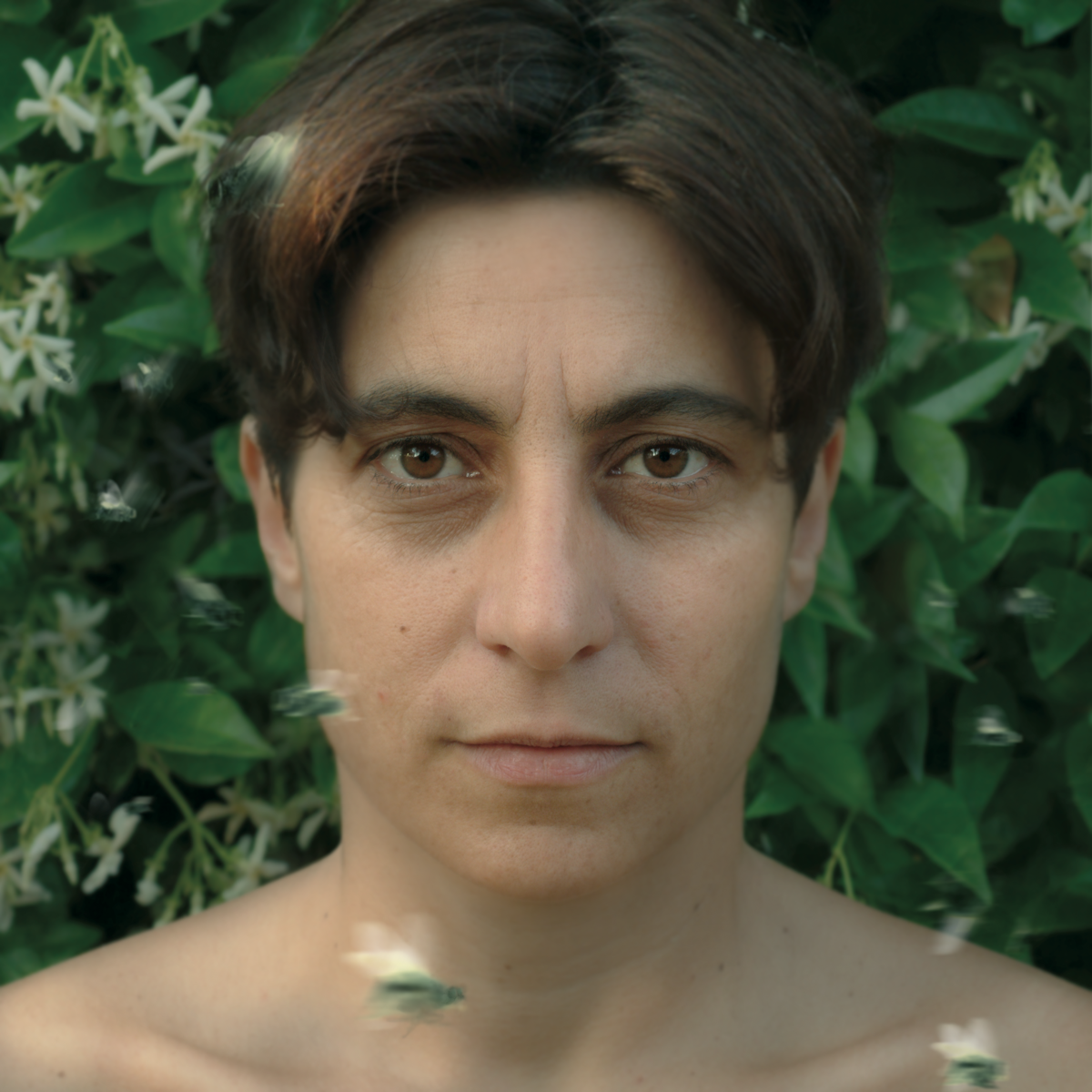For Arte all’Arte IV, the curators Achille Bonito Oliva and James Putnam invited Rocco Dubbini.
"If I have to tell the story of a place through photography, I choose to affirm my presence in that place by crafting a narrative made of images that make me recognizable."
Through the faces of the producers, I tell the story of my journey across the province of Siena. I associate faces with places, because it is the faces that guide my movements—north, south, east, and west of the province. From San Gimignano to Siena, passing through the Chianti region, then toward the Colline Metallifere; I descend to Montalcino, crossing the Val d’Orcia, then into the Val d’Asso near the borders of the municipality of Cortona, and on to Montepulciano, until I reach the foothills of Mount Amiata.
Mutant Portraits: some will be mutant triptychs, I can use my representative form to build family connections through the elaboration of similar subjects; I reinforce the concept of lineage and tradition by revealing hidden truths through an openly artificial process.
“Cut” Portraits: they will be facial cuts, hopefully as tight and radical as possible; I want to contrast them with the rigid identity structure of the mutant triptych: light will tell the story of the faces.
Paesaggi: per quanto riguarda i paesaggi, spero di perdermi.”
— Rocco Dubbini, Arte all’Arte IX, 2004

